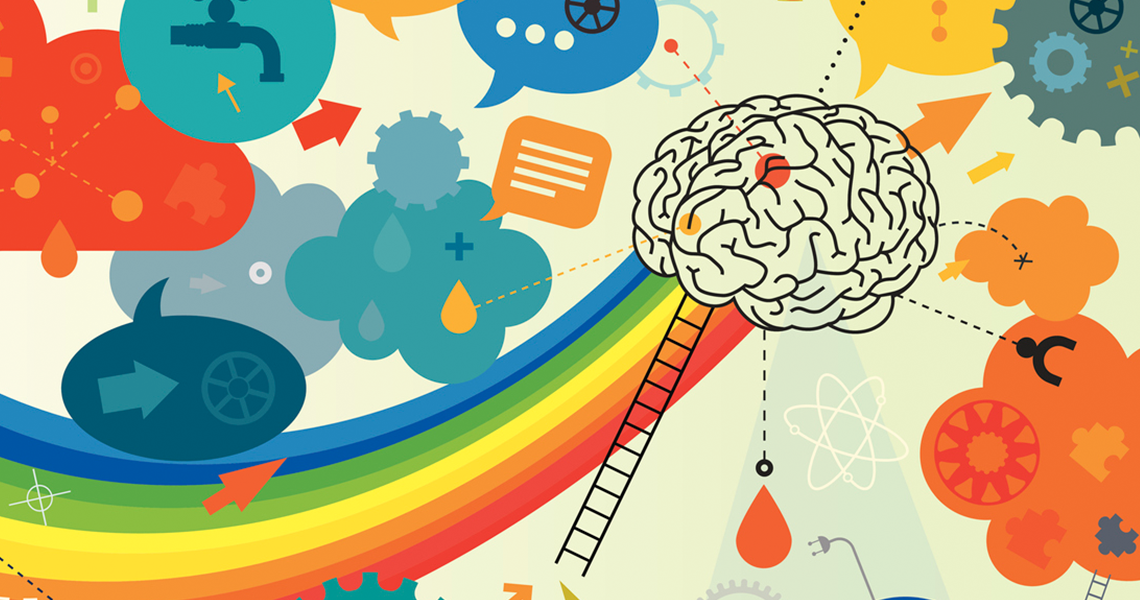
“How do I facilitate PBL in blended learning environment?”
That’s a driving question many of us may have encountered in this wild world of coronavirus. As we conclude the 2019-20 school year, we should reflect on the online learning that has occurred for those of us fortunate enough to have the necessary technology—both at our schools and in our students’ homes.
Here are five questions to reflect on as you consider this...
1. Were my students able to go beyond the nouns and also emphasize those important verbs found in my content standards?
Our standards are filled with nouns and verbs. In PBL we emphasize the verbs such as critique, reflect, defend, and promote in order to facilitate authentic understanding of the nouns. The verbs demand more time but the rewards are amazing. A good place to begin is to deliberately promote discussion and assignments that address these verbs while encouraging conversation, discourse, and reflection. Some students will blossom more online than in a class of 25.
2. Did my students have the opportunity to authentically produce, make, create, and publish?
This can get lost in the online exchange between teacher explanation and student response. Are we providing students the opportunity to own their learning? We must allow our students to use their gifts and skills to make and create using technology the teacher may not even be familiar with. Letting go of control and promoting student ownership is actually a new freedom that will come back and reward both teachers and students.
3. What type of performance-based formative and summative assessment took place?
A learning management system can have a tendency to promote a “surface” type of assessment. Teachers must be intentional at exploring ways online to ensure that assessment is formative and allows them to plan scaffolding for next steps in learning. Sometimes an LMS discussion will help and other times integrating with another tool can be beneficial. For example, a student could be assigned a slide on a Class Google Slide show to share some work while other students and the teacher provide critique.
4. How did my students practice important success skills?
When transitioning online teachers may emphasize content knowledge only to discover they are leaving out those important success skills that so many schools have made a point to emphasize in developing their ideal graduate profile. Teachers can include a rubric for an online discussion that not only provides feedback on content knowledge, but also provides for both student and teacher reflection on skills related to collaboration, critical thinking, creativity, and communication.
5. Was it possible for students to collaborate, reflect, critique, and visualize their thinking?
These are all important routines and activities that promote real understanding. They make the content come alive and provide ownership and engagement which is essential to PBL. Could Google Draw be used for a collaborative visual thinking activity such as Chalk Talk, or Zoom breakout rooms be used for online critique and revision? Perhaps a digital learning journal could be employed to promote reflection.
These important attributes of a PBL classroom need to be intentionally thought out as part of the online experience. Before the pandemic, I often said the Gold Standard Project Design Elements must be built into the culture of the classroom every day. The sudden shift in the learning environment this year may have provided an obstacle for the way we wanted to see this happen. How might we bring these important elements to the online learning experience in the next school year?
A blended learning experience should be far beyond basic online or e-learning.
Online learning programs set up to push content are not any different then lecture-based teaching. A blended environment removes the walls of the physical classroom by empowering learners with technology. We begin to see that the physical classroom does not matter, after all it is just a space. Through proper facilitation, learning that happens in the classroom can happen anywhere. A key to making it work is to allow the students to own their learning. Just as a teacher is a facilitator in the classroom, the same still happens at home. With students in charge of their learning we find that engagement and motivation come alive.
Look for Part 2 of this post soon, with tech tools for PBL in a blended learning environment.

